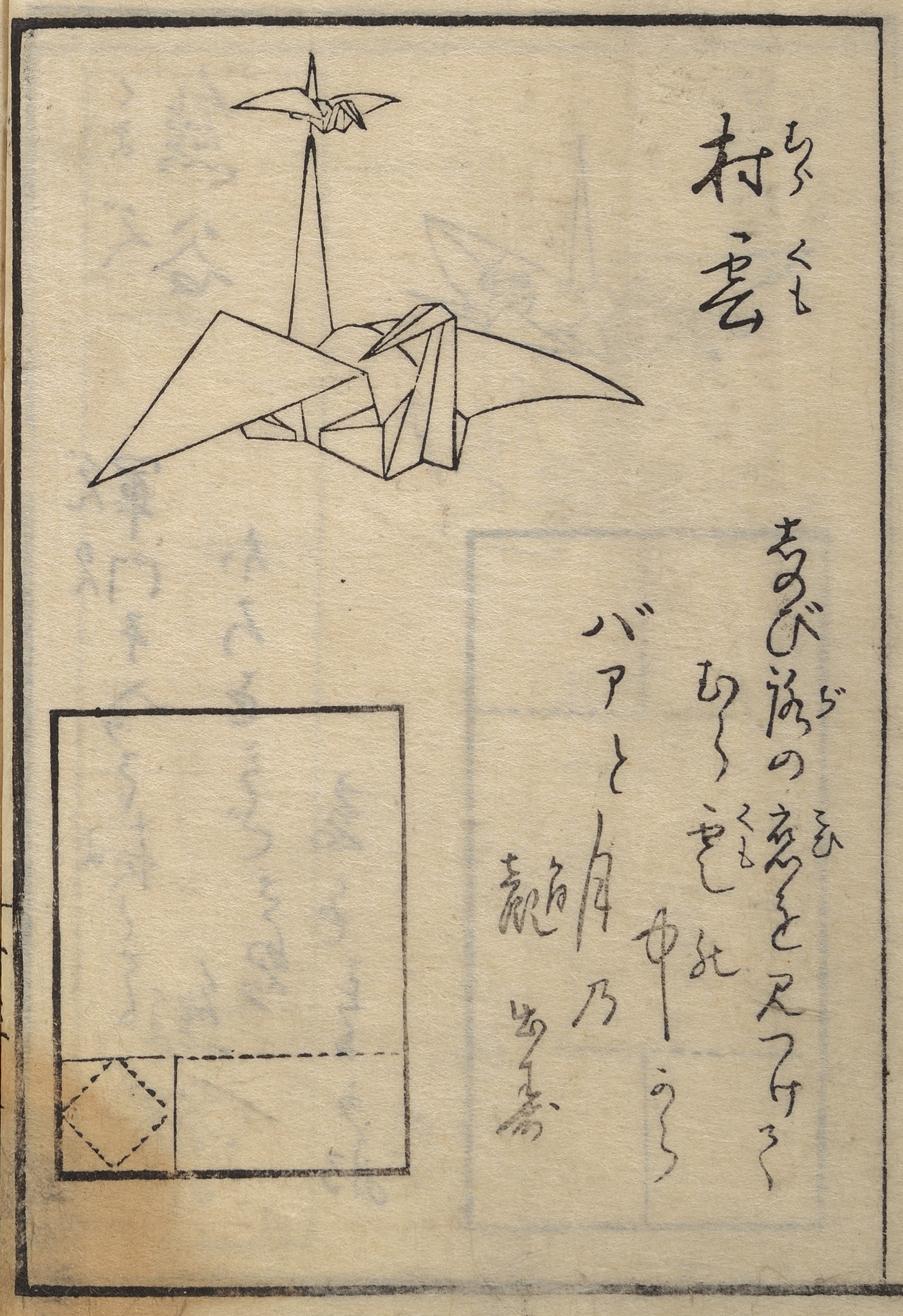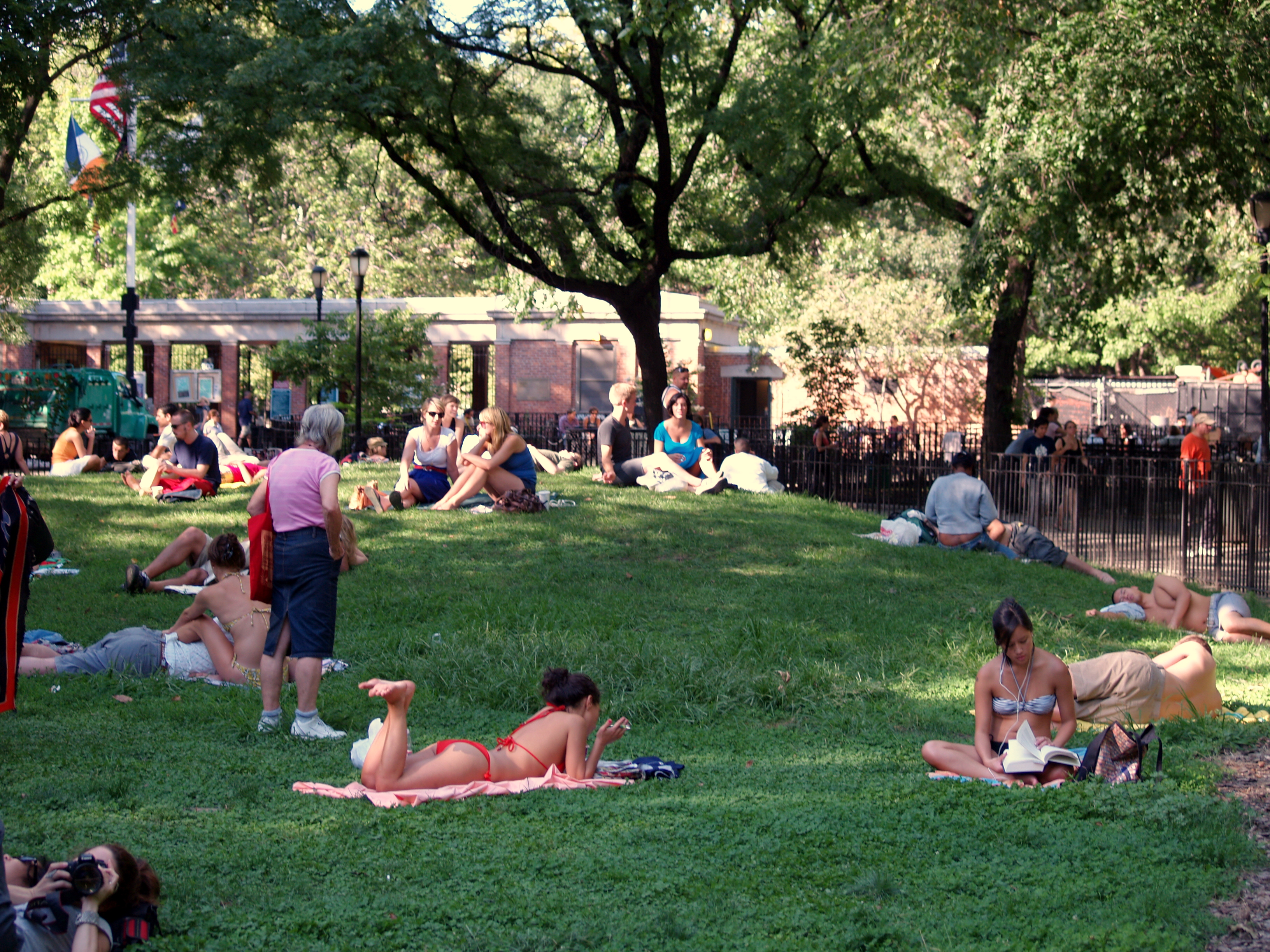|
Moneygami
Moneygami (also known as money-gami) is the shaping of paper currency, such as Indian rupees or United States dollars, into pieces of art. The word is a portmanteau of ''money'' and ''origami''. The concept has been popularized by individuals such as Japanese pop artist Yosuke Hasegawa, who has had his work featured at an exhibition at the Tadu Art Gallery, and its creation can function as cultural commentary on the value that materialistic societies place on money. For example, one piece by Hasegawa involves Chairman Mao Zedong's folded head wearing a cowboy hat in a double image, based on Andy Warhol's famous picture of Elvis Presley. The name alludes to traditional origami, which is the Japanese art of folding flat materials, generally paper, into figures resembling various objects. Other examples of moneygami include folding bills into clothing-like bits, such as dollar bills becoming bowties. See also *List of people on banknotes This is a list of people on the b ... [...More Info...] [...Related Items...] OR: [Wikipedia] [Google] [Baidu] |
Mark Wagner (artist)
Mark Wagner (born 1976) is an American artist best known for meticulous collages made of United States banknotes, such as the portrait of Federal Reserve Bank Chairman Ben Bernanke, composed exclusively of one-dollar bills, in the collection of the Smithsonian Institution's National Portrait Gallery. He is co-founder of The Booklyn Artist Alliance and has published over twenty artists’ books with Bird Brain Press and X-ing Books. Currency collage Since 1999, Wagner has been using US banknotes to create portraits, abstractions, allegories, still lifes, and sculptures ranging in size from 2x3 inch smiling and frowning parodies of Gilbert Stuart’s portrait of George Washington on the dollar, to the 17x3 feet ''Liberty'', a 2009 depiction of the Statue of Liberty using slices from over 1000 dollar bills. Lisa Dennison, Chief Curator of the Solomon R. Guggenheim Museum in New York City commends Wagner's “witty and intricately detailed” work and situates his art in the ... [...More Info...] [...Related Items...] OR: [Wikipedia] [Google] [Baidu] |
Origami (made From An American 1-dollar Bill) Of An Elephant
) is the Japanese art of paper folding. In modern usage, the word "origami" is often used as an inclusive term for all folding practices, regardless of their culture of origin. The goal is to transform a flat square sheet of paper into a finished sculpture through folding and sculpting techniques. Modern origami practitioners generally discourage the use of cuts, glue, or markings on the paper. Origami folders often use the Japanese word ' to refer to designs which use cuts. In the detailed Japanese classification, origami is divided into stylized ceremonial origami (儀礼折り紙, ''girei origami'') and recreational origami (遊戯折り紙, ''yūgi origami''), and only recreational origami is generally recognized as origami. In Japan, ceremonial origami is generally called "origata" ( :ja:折形) to distinguish it from recreational origami. The term "origata" is one of the old terms for origami. The small number of basic origami folds can be combined in a variety of w ... [...More Info...] [...Related Items...] OR: [Wikipedia] [Google] [Baidu] |
The Nation (Thailand)
''The Nation'' is an English-language daily digital newspaper founded in 1971, published in Bangkok, Thailand. It is one of two English-language dailies in Bangkok, the other being the ''Bangkok Post''. On 28 June 2019, it published its final broadsheet edition leaving only its online edition. ''The Nation'' is Thailand's only Thai-owned English-language newspaper, It is owned by the Nation Group and is a member of the Asia News Network. History ''The Nation'' was founded by Suthichai Yoon on 1 July 1971 as ''The Voice of the Nation''. The name was eventually shortened to ''The Nation''. The paper changed considerably in 1991, when several Thai journalists from the ''Bangkok Post'' defected to ''The Nation''. In 2008, ''The Nation'' laid off substantial numbers of staff and under the new editorship of former business editor Thanong Khanthong recast itself as a business newspaper, moving international wire copy to a free tabloid insert, the Daily Xpress. the Nation Multimed ... [...More Info...] [...Related Items...] OR: [Wikipedia] [Google] [Baidu] |
Paper Folding
) is the Japanese art of paper folding. In modern usage, the word "origami" is often used as an inclusive term for all folding practices, regardless of their culture of origin. The goal is to transform a flat square sheet of paper into a finished sculpture through folding and sculpting techniques. Modern origami practitioners generally discourage the use of cuts, glue, or markings on the paper. Origami folders often use the Japanese word ' to refer to designs which use cuts. On the other hand, in the detailed Japanese classification, origami is divided into stylized ceremonial origami (儀礼折り紙, ''girei origami'') and recreational origami (遊戯折り紙, ''yūgi origami''), and only recreational origami is generally recognized as origami. In Japan, ceremonial origami is generally called "origata" ( :ja:折形) to distinguish it from recreational origami. The term "origata" is one of the old terms for origami. The small number of basic origami folds can be combin ... [...More Info...] [...Related Items...] OR: [Wikipedia] [Google] [Baidu] |
Paper Art
Paper craft is a collection of crafts using paper or card as the primary artistic medium for the creation of two or three-dimensional objects. Paper and card stock lend themselves to a wide range of techniques and can be folded, curved, bent, cut, glued, molded, stitched, or layered. Papermaking by hand is also a paper craft. Paper crafts are known in most societies that use paper, with certain kinds of crafts being particularly associated with specific countries or cultures. In Caribbean countries paper craft is unique to Caribbean culture which reflect the importance of native animals in life of people. In addition to the aesthetic value of paper crafts, various forms of paper crafts are used in the education of children. Paper is a relatively inexpensive medium, readily available, and easier to work with than the more complicated media typically used in the creation of three-dimensional artwork, such as ceramics, wood, and metals.Carol Tubbs, Margaret Drake, ''Crafts and C ... [...More Info...] [...Related Items...] OR: [Wikipedia] [Google] [Baidu] |
Leisure Activities
Leisure has often been defined as a quality of experience or as free time. Free time is time spent away from business, work, job hunting, domestic chores, and education, as well as necessary activities such as eating and sleeping. Leisure as an experience usually emphasizes dimensions of perceived freedom and choice. It is done for "its own sake", for the quality of experience and involvement. Other classic definitions include Thorsten Veblen's (1899) of "nonproductive consumption of time." Free time is not easy to define due to the multiplicity of approaches used to determine its essence. Different disciplines have definitions reflecting their common issues: for example, sociology on social forces and contexts and psychology as mental and emotional states and conditions. From a research perspective, these approaches have an advantage of being quantifiable and comparable over time and place. Leisure studies and sociology of leisure are the academic disciplines concerned ... [...More Info...] [...Related Items...] OR: [Wikipedia] [Google] [Baidu] |
Banknotes
A banknote—also called a bill (North American English), paper money, or simply a note—is a type of negotiable promissory note, made by a bank or other licensed authority, payable to the bearer on demand. Banknotes were originally issued by commercial banks, which were legally required to redeem the notes for legal tender (usually gold or silver coin) when presented to the chief cashier of the originating bank. These commercial banknotes only traded at face value in the market served by the issuing bank. Commercial banknotes have primarily been replaced by national banknotes issued by central banks or monetary authorities. National banknotes are often – but not always – legal tender, meaning that courts of law are required to recognize them as satisfactory payment of money debts. Historically, banks sought to ensure that they could always pay customers in coins when they presented banknotes for payment. This practice of "backing" notes with something of substance is t ... [...More Info...] [...Related Items...] OR: [Wikipedia] [Google] [Baidu] |
Scale Model
A scale model is a physical model which is geometrically similar to an object (known as the prototype). Scale models are generally smaller than large prototypes such as vehicles, buildings, or people; but may be larger than small prototypes such as anatomical structures or subatomic particles. Models built to the same scale as the prototype are called mockups. Scale models are used as tools in engineering design and testing, promotion and sales, filmmaking special effects, military strategy, and hobbies such as rail transport modeling, wargaming and racing; and as toys. Model building is also pursued as a hobby for the sake of artisanship. Scale models are constructed of plastic, wood, or metal. They are usually painted with enamel, lacquer, or acrylics, and decals may be applied for lettering and fine details. They may be built from scratch, or from commercially made kits, either out of the box or modified (known as kitbashing). Model prototypes include all types of v ... [...More Info...] [...Related Items...] OR: [Wikipedia] [Google] [Baidu] |





